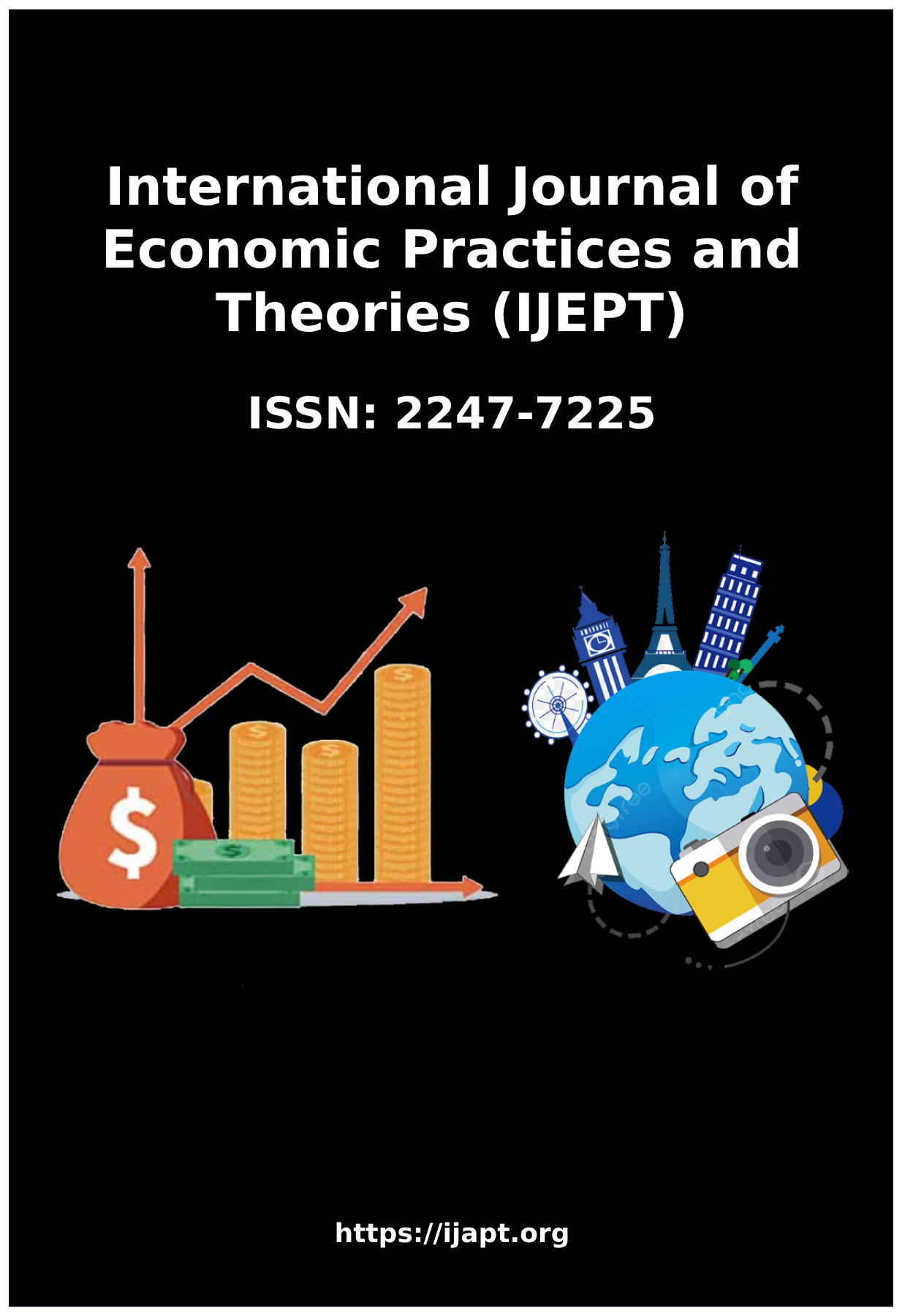Role of ILO for the Domestic Workers: An International Perspective
Main Article Content
Abstract
The year 1919 was that golden year when the ILO was established as part of the Treaty of Versailles, which became the reason for the end of World War 1. It spreads the belief that peace and equality can be established only on the pillar of social justice. The workers, the employer and the government got equal voice by the unique tripartite structure of the ILO. Their views got equal opportunity in shaping labour standards and making policies. The ILO works as an anchor sheet for all labour in the world, especially member countries. The women's labour got feathered through the ILO to spread their wings to feel and live a free and peaceful life. They can breathe the fresh air in the environment of equality only through the praiseworthy efforts of the ILO. But there are loopholes also; despite all initiatives, the women's workforce is not equal to men. Many millions of women labourers are still untouched by the eyes of ILO conventions and National Labour Laws, like home-based workers, agricultural workers, women labourers for building construction work by local agents, domestic employees, unpaid women working for their families, and women workers in unregistered enterprises. Some women labourers are still veiled and fighting for recognition, and they are unorganised. They are doing work.
